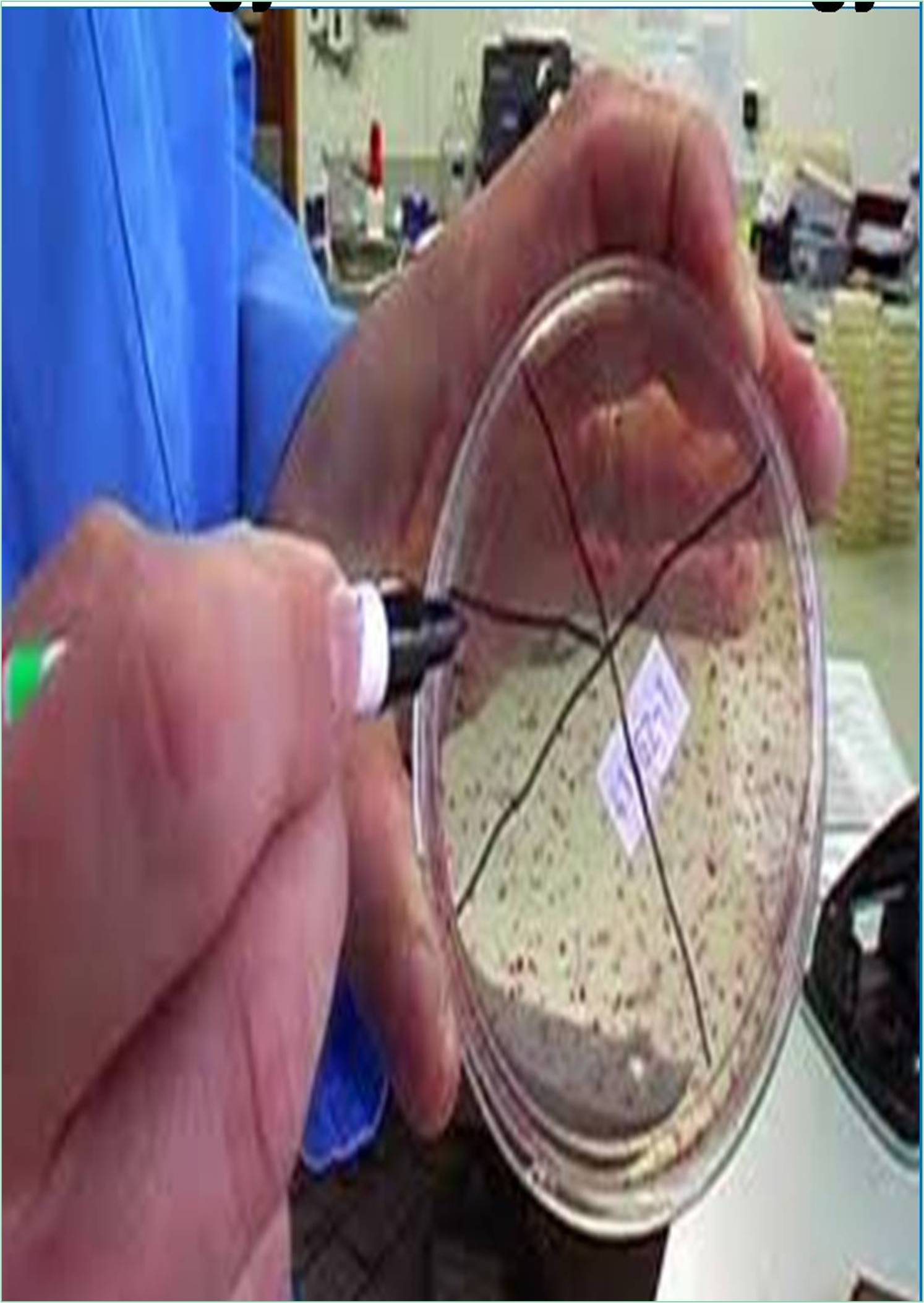



Published: 28-Dec-2021
Chickenpox, also called as varicella, is an infectious disease caused by the first infection with the varicella zoster virus. The disease causes skin rashes that cause small bumps, bites, and crustiness. It usually begins in the chest, back, and face. Outbreaks appear to be exacerbated by symptoms, such as fever, fatigue, and headache that usually last five to seven days. Occasional complications may include pneumonia, inflammation of the brain, and skin infections caused by bacteria. Chickenpox is a highly contagious disease that spreads from person to person through the coughing and sneezing of an infected person. It can be spread from one to two days before the eruption occurs until all the sores have formed. The disease can usually be diagnosed based on the symptom presented; in rare cases, however, testing of polymerase chain reaction of blister fluid or scabies may be confirmed. Immune tests can be performed to determine if a person is immune. Although a re-infection occurs, this re-infection usually does not cause any symptoms. Vaccination within three days of exposure may improve outcomes in children. Treatment for those infected may include calamine lotion to help with the bite, to keep nails short to reduce the risk of scratching, and to use paracetamol to help with fever. For those at increased risk of developing complications, antiretroviral drugs such as aciclovir are recommended. Early symptoms in adolescents are nausea, loss of appetite, muscle aches and headaches. This is followed by a rash or mouth ulcers, malaise, and a high fever that indicate the presence of the disease. An uncommon oral manifestation of the disease may precede an external rash. In children the disease is rarely preceded by prodromal symptoms, and the first sign is a rash or spots in the oral cavity. Often, visible evidence of infection develops in the oral cavity and tonsil areas in the form of small sores that can be painful or itchy or both; these internal rashes may precede the external eruption by 1 to 3 days or may be accompanied by. These symptoms of chickenpox appear 10 to 21 days after exposure to an infected person. Older people may have a more widespread rash and fever, and are more likely to have complications, such as varicella pneumonia. The infection persists until all vesicular lesions have turned into scabies, which usually lasts four or five days, at which point the extinction of the live tissue through the nose stops. In the third trimester, the mother is at greater risk of developing severe symptoms. In pregnant women, antibodies produced as a result of a previous vaccine or infection is transmitted through the placenta to the baby. Diagnosis of chickenpox is largely based on the symptoms and signs, with early signs followed by the outbreak. Diagnostic testing is by examining the fluid inside the vesicles of the rash, or by testing the blood for evidence of a strong immunologic response. The spread of chickenpox can be prevented by separating the affected people. Infection occurs by exposure to respiratory drops, or direct contact with ulcers, during the period from three days before the onset of the outbreak, to four days after the onset of the outbreak. Some countries need to be vaccinated against varicella or be discharged before entering primary school. A second dose is recommended five years after the first vaccination. Vaccination within three days of family contact reduces the risk of infection and severity in children.
None.
None.